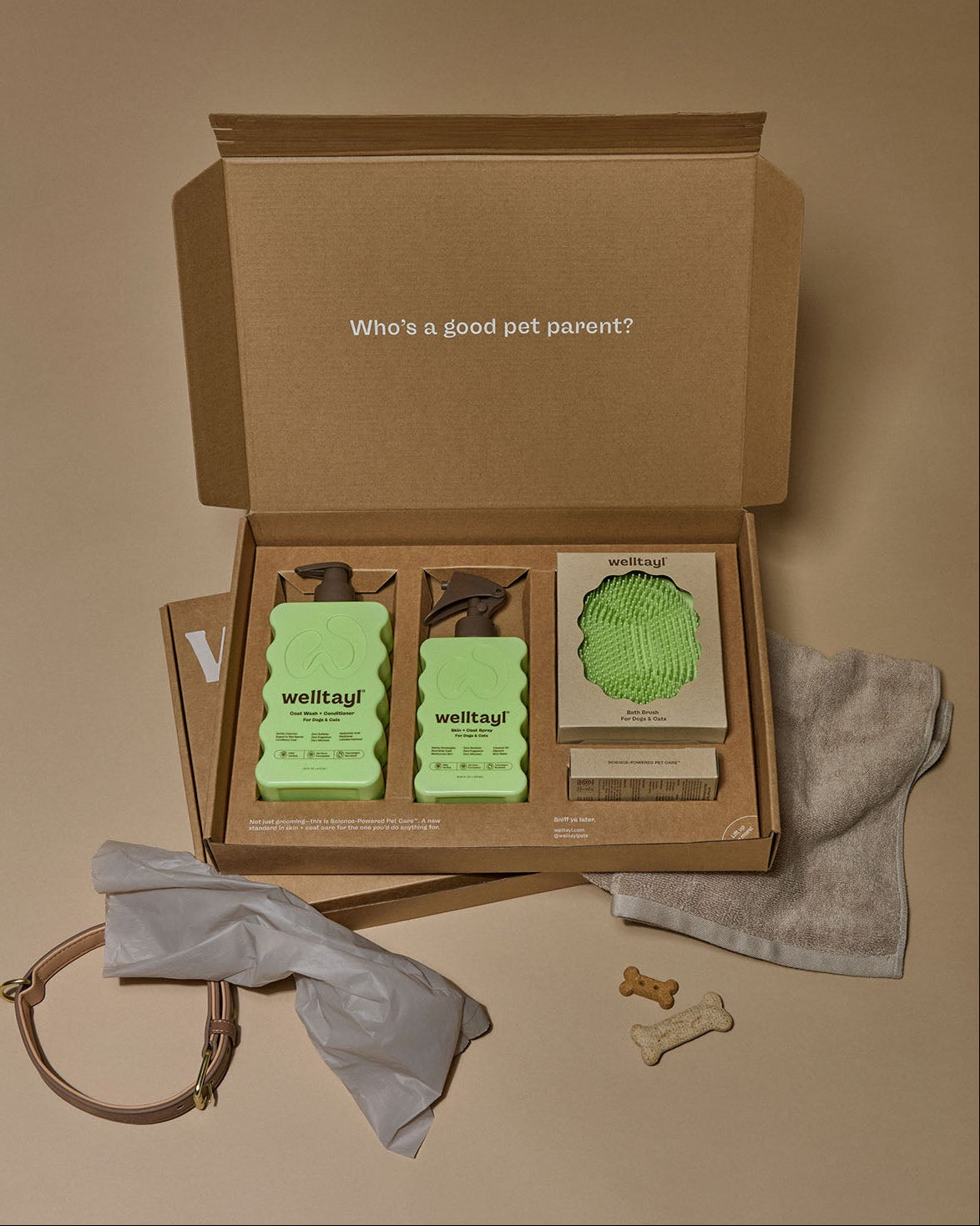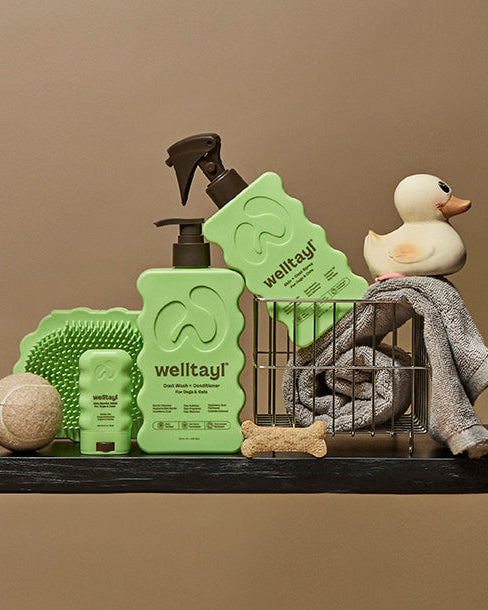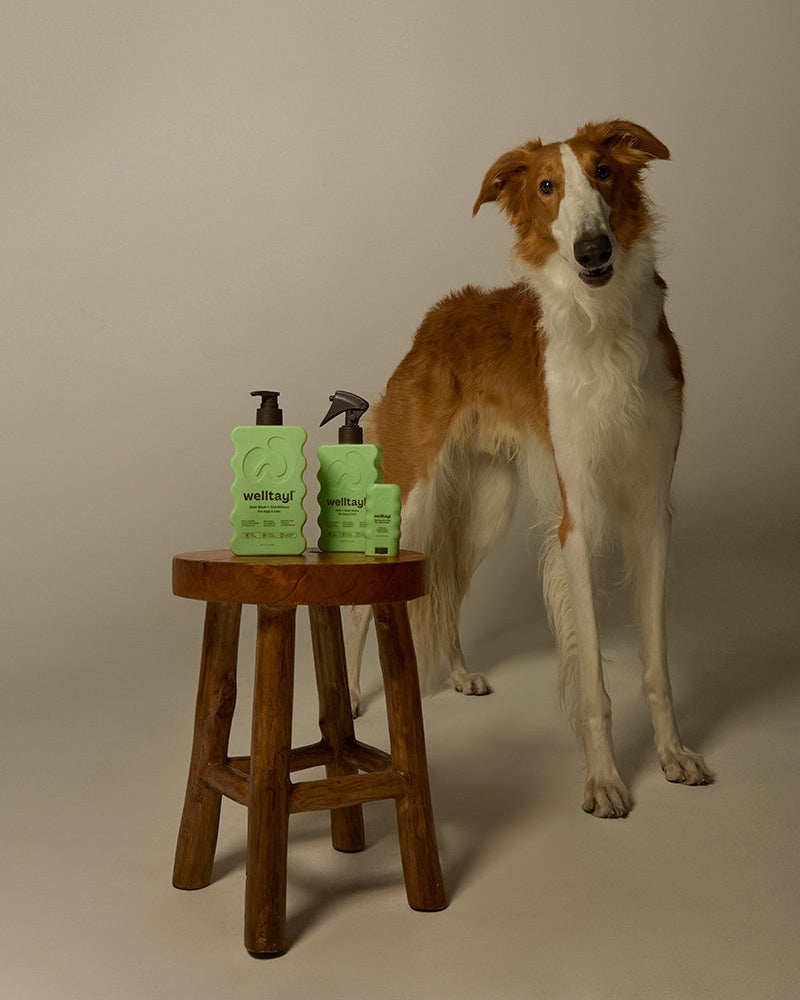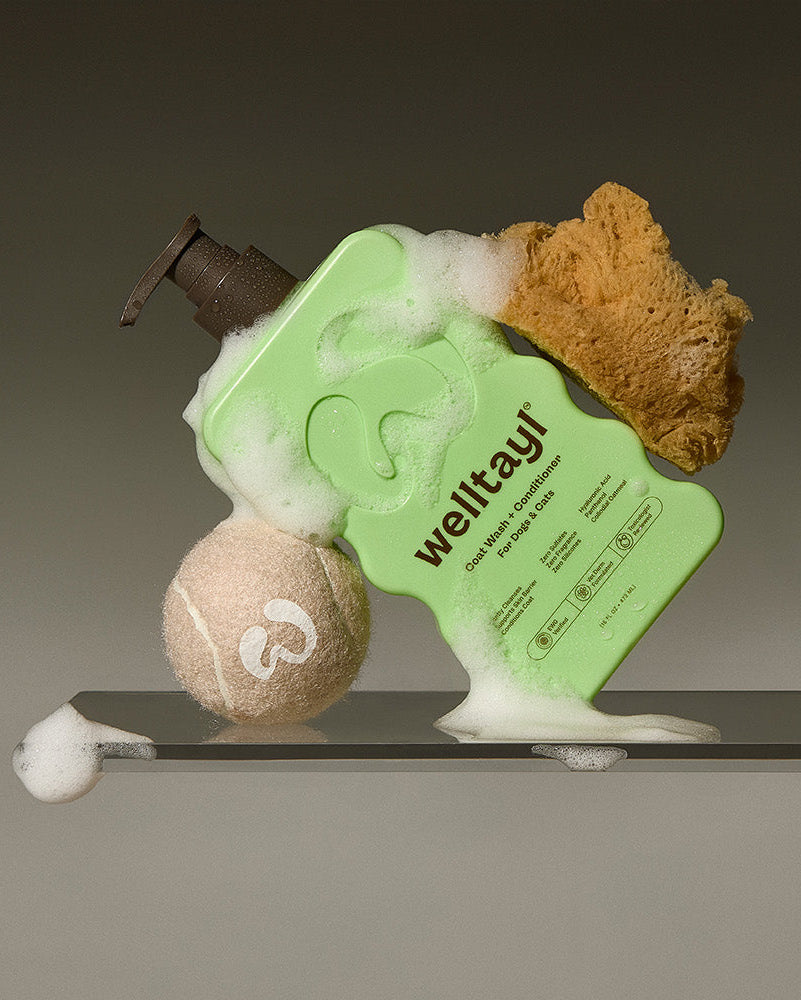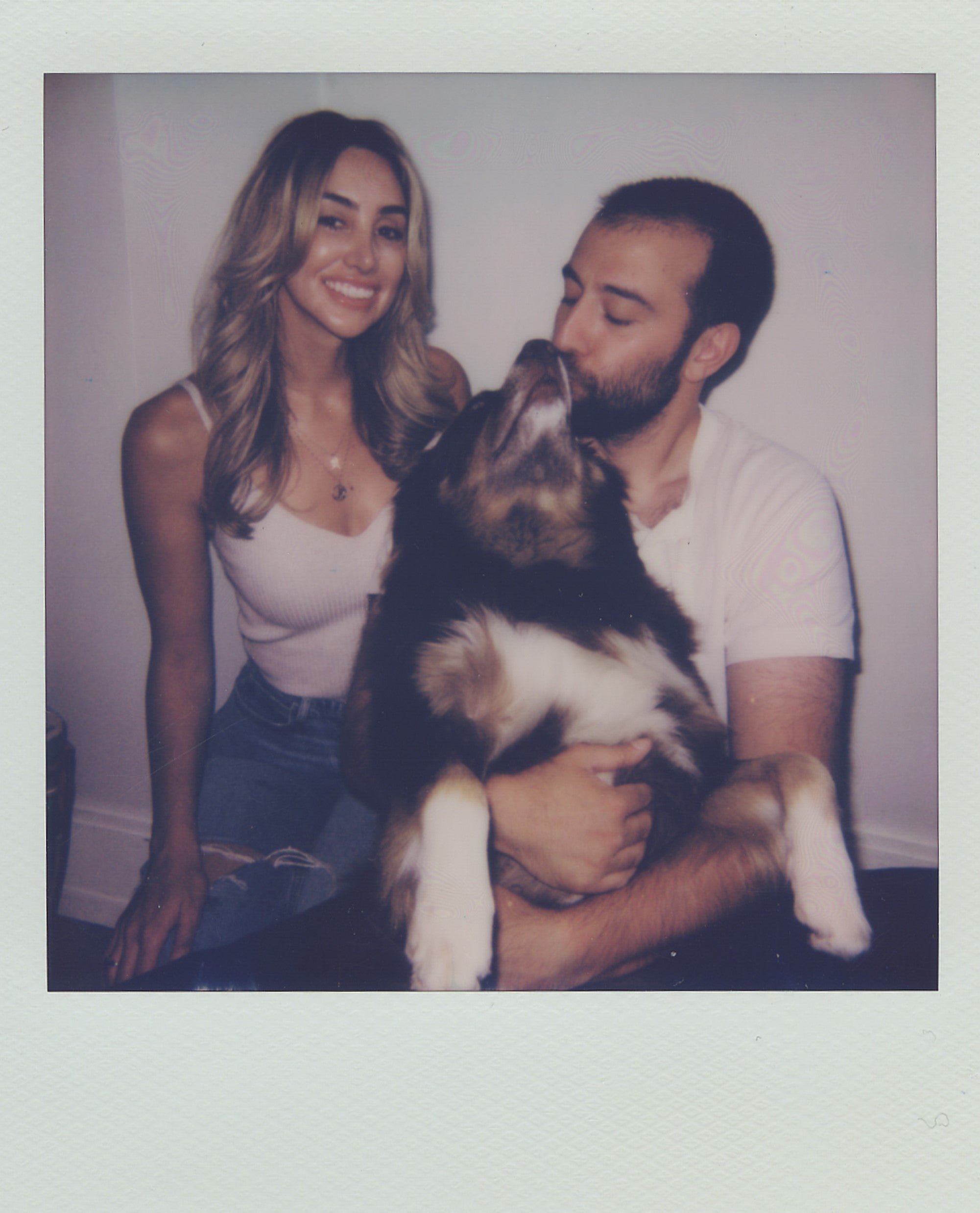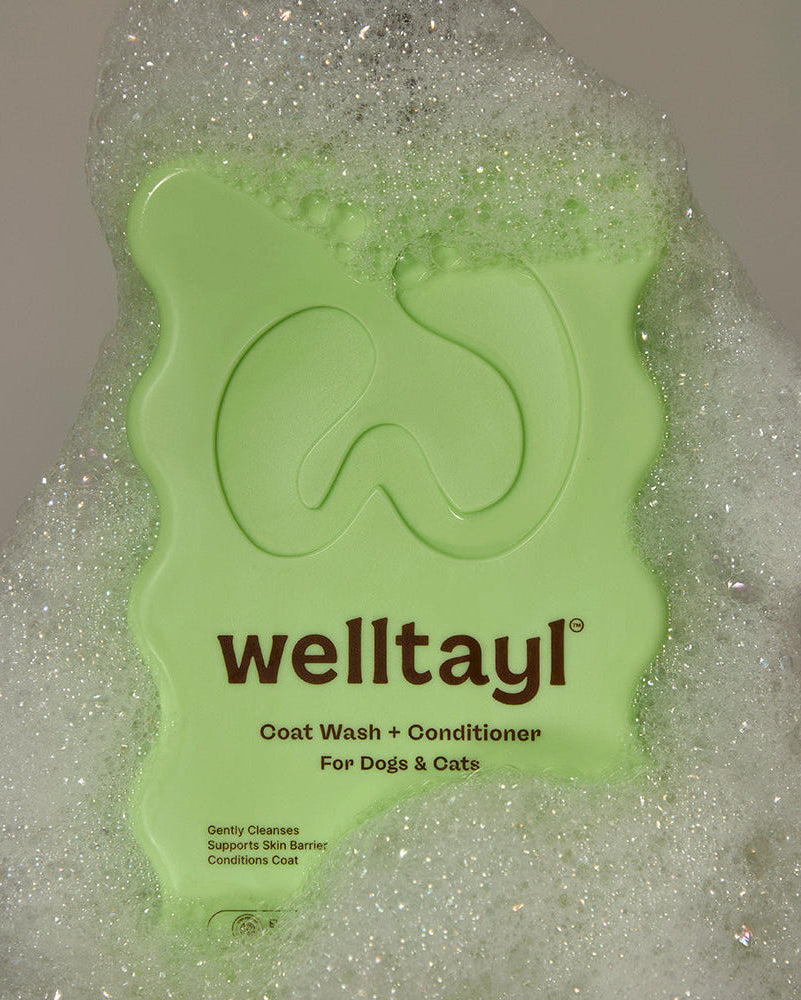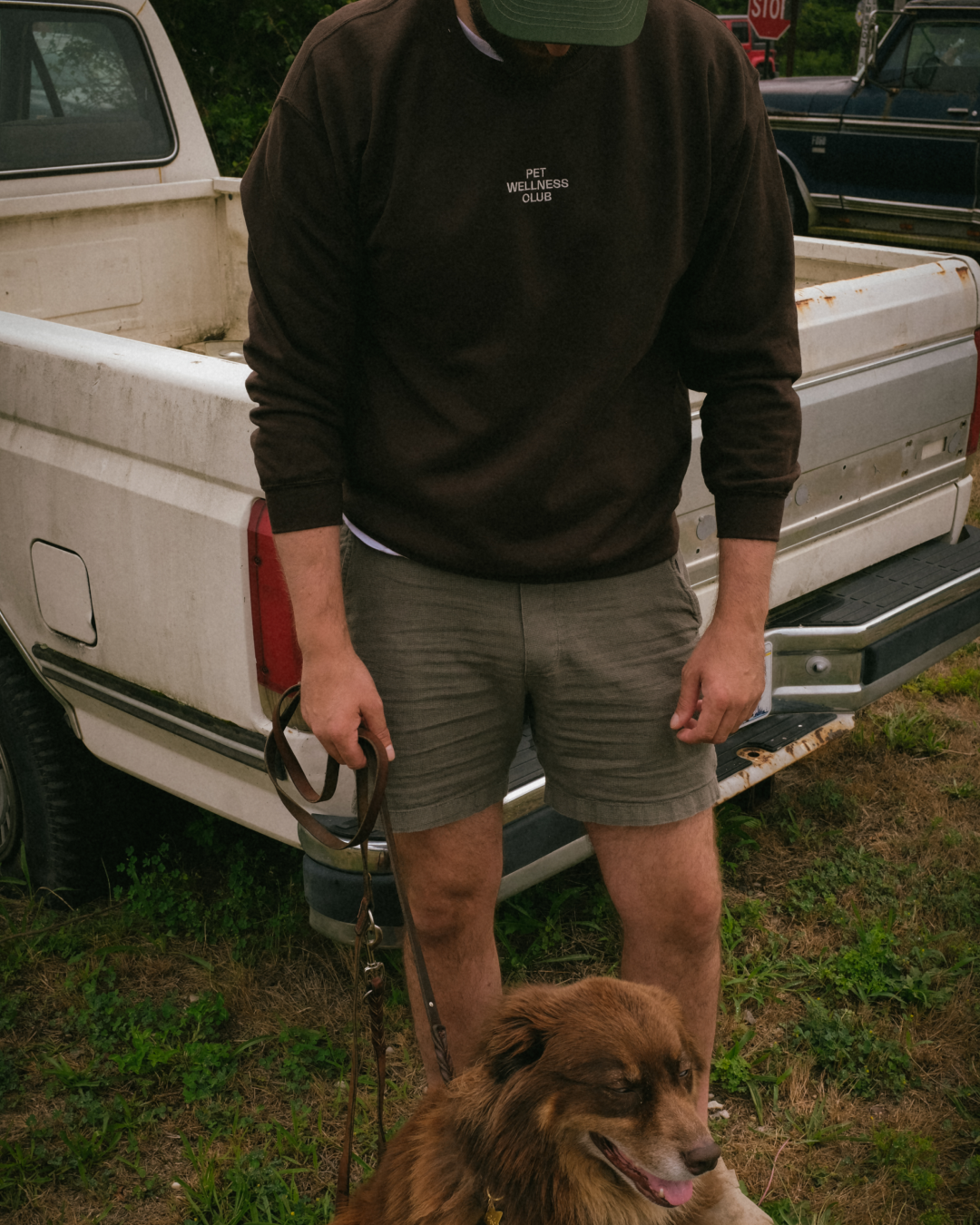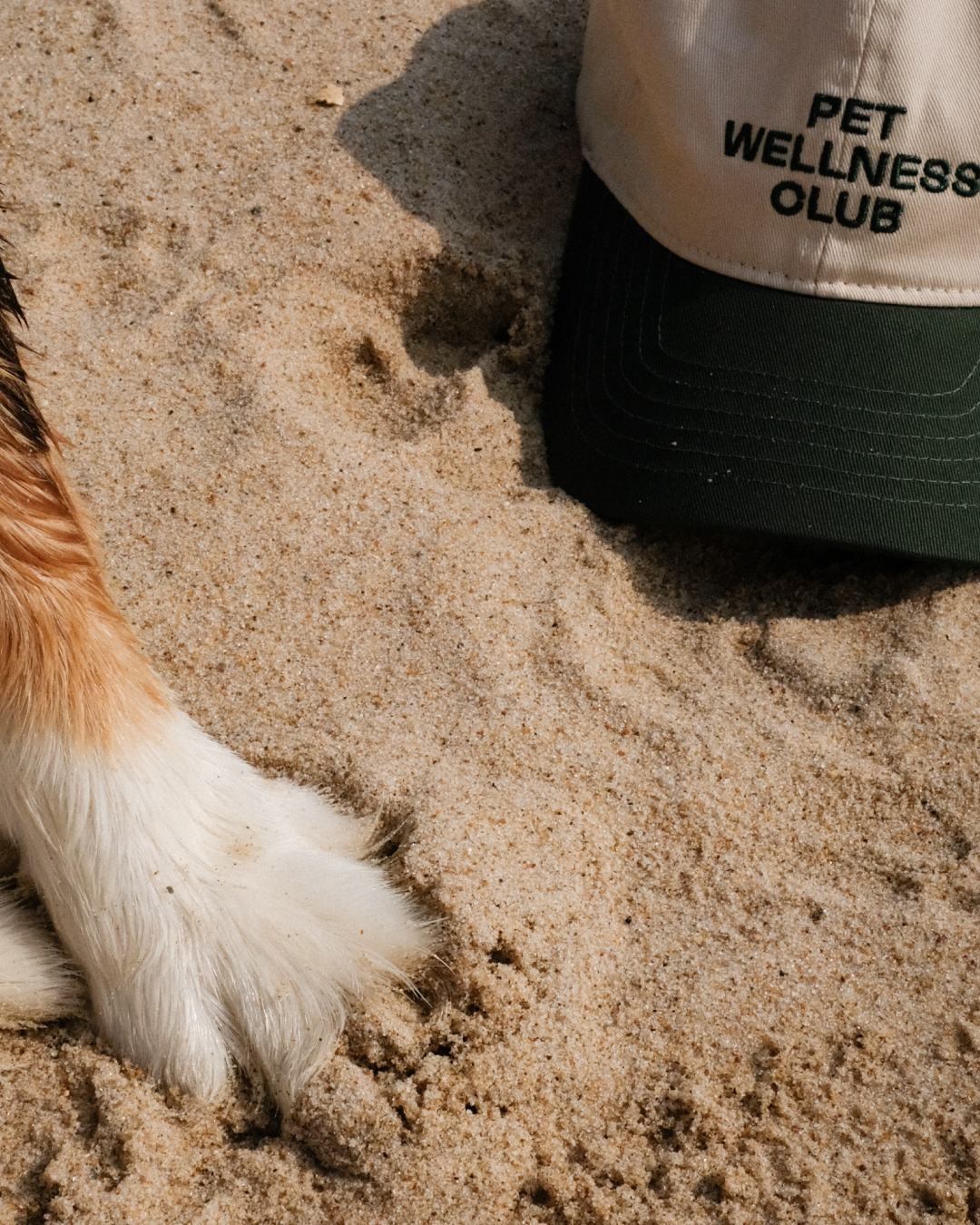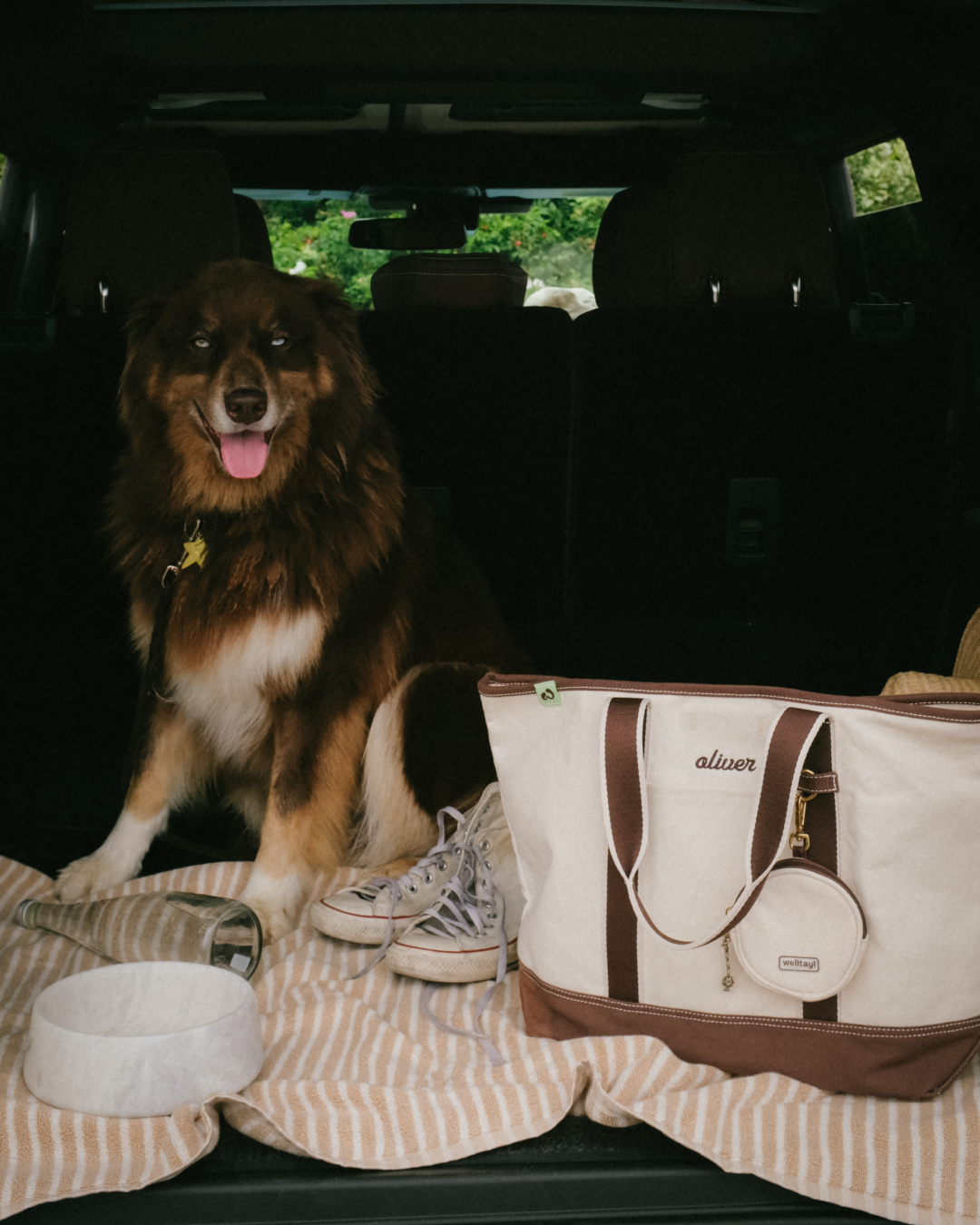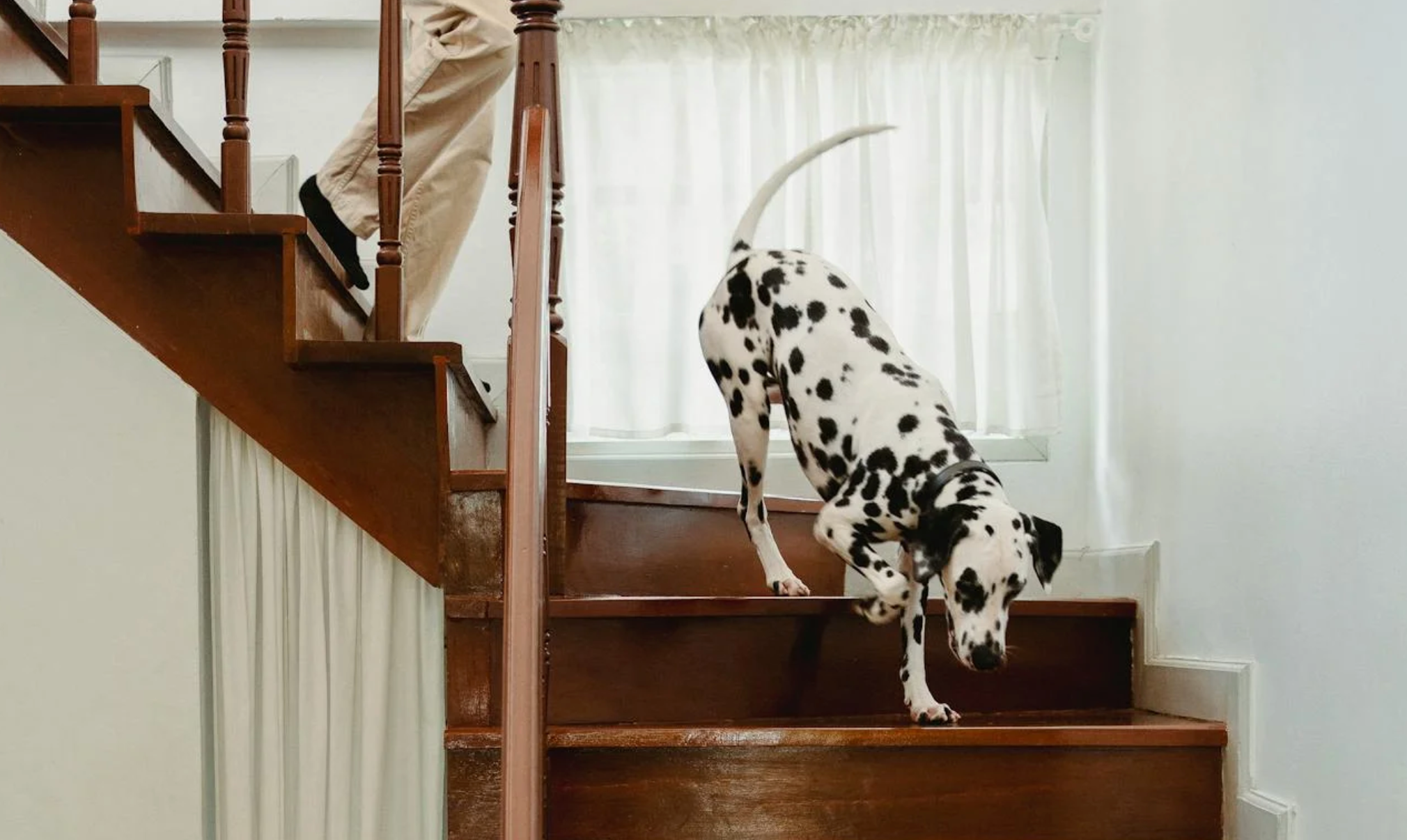Bringing a new dog into your home is an exciting adventure, but it also comes with responsibilities. One of the first steps you'll need to take is ensuring your home is safe and secure for your pet. Dog-proofing your home protects your belongings and keeps your pet out of harm's way.
From securing loose wires to storing hazardous chemicals in unreachable places, there are several measures you can take to create a safe environment. Whether you're a new pet owner or looking to refresh your home's safety, these tips will help you dog-proof your living space effectively and efficiently.
Table of Contents:
- Key Takeaways
- Assessing Your Home for Dog Safety
- Core Strategies to Dog-Proof Your Home
- Special Considerations for Puppies
- Conclusion
- Frequently Asked Questions
Key Takeaways
-
✋ Assess and Secure Each Room: Regularly inspect each room for potential hazards, including loose wires, toxic plants, and small objects. Use pet gates to restrict access to unsafe areas.
-
🥣 Kitchen Safety: Keep counters clear of food, secure trash cans with locking lids, and store cleaning chemicals in cabinets with child-proof latches to avoid accidents.
-
🛋️ Living Room Precautions: Hide electrical cords, cover sharp furniture edges, and place houseplants out of reach to prevent injuries and potential toxicity.
-
🛏️ Bedroom Safeguards: Keep shoes, laundry, and small items off the floor; secure drawers and cabinets to prevent access to medications and small choking hazards.
-
🚽 Bathroom Precautions: Close toilet lids, store cleaning supplies on high shelves or in secured cabinets, and keep bathroom trash in a lockable trash bin or secured cabinet.
-
🏡 Outdoor Safety: Ensure the yard is securely fenced. Avoid planting toxic flora. Regularly check for pests.
-
🐶 Puppy-Proofing Essentials: Use outlet covers, install cabinet locks, and set up safe play areas with baby gates to accommodate the curious nature of puppies.

Assessing Your Home for Dog Safety
To dog-proof your home, assess each room for potential hazards and take steps to prevent accidents. Here are some general tips:
-
Supervise: Always supervise your dog, especially in new environments.
-
Pet Gates: Use pet gates to keep your dog in safe areas or keep doors closed to rooms they shouldn't wander unsupervised.
-
Clean Up: Clean up any food or trash that might attract your dog.
-
Secure Items: Secure items or keep items out of reach that could be hazardous if ingested, such as cleaning products, medications, and toxic plants.
Dog-Proof Kitchen
In the kitchen, maintain dog safety by securing all food items and garbage. Store food in high cupboards or tightly sealed containers, and use a trash can with a secure lid or place it inside a latched cabinet. Additionally, keep the kitchen counters clean; remove any food scraps or utensils right after use to avoid tempting your dog with reachable snacks or dangerous objects like knives and forks. Here are some specific tips:
-
Clean Counters: Keep counters clear of food and clean the area after any food preparation to prevent your dog from searching for crumbs or other edible items.
-
Secure Trash: Use a trash can with a lid that locks to prevent your dog from accessing potentially dangerous items.
-
Store Chemicals Safely: Keep cleaning products and other chemicals in cabinets with child-proof latches.
Dog-Proof Living Room
The living room often contains various hazards for dogs. Ensure all electrical cords are gathered and unreachable to prevent chewing. Keep small objects like remote controls and children’s toys stored away to avoid inadvertent chewing and choking hazards. Consider investing in dog-friendly slipcovers for your furniture to protect both the furnishing and your pet.
-
Hide Cords: Tuck away electrical cords to avoid chewing.
-
Use Covers: Cover sharp edges on furniture to prevent injuries.
-
Plant Placements: Place houseplants out of reach, as some can be toxic.
Dog-Proof Bedroom
Safety in the bedroom means keeping personal items such as medications, laundry, and small jewelry stored in closed drawers and cabinets or on high shelves.
-
Put Away Shoes: Dogs love chewing on shoes, so keep them closed in the closet.
-
Secure Drawers: Use drawer locks to keep medications and small items away from curious noses.
-
Pick Up Laundry: Keep laundry off the floor, since small pieces of clothing can be swallowed and cause an obstruction.
Dog-Proof Bathroom
In the bathroom, secure all cabinets, especially those containing cleaning supplies, medications, and personal care products. Toilet lids should be kept closed to prevent your dog from drinking potentially harmful cleaning chemicals or treated water. Always keep razors, scissors, and other sharp tools in drawers or on high shelves.
-
Shut Toilet Lids: Keeping the toilet lid closed will prevent your dog from drinking toilet water.
-
Store Products High: Keep cleaning supplies and hygiene products on high shelves.
-
Use Non-Slip Mats: Place non-slip mats to prevent slipping on wet floors after a bath.
Outdoor Considerations
When assessing outdoor safety, check for secure fencing to prevent your dog from wandering off. Ensure there are no toxic plants within a reachable distance, and keep garden tools and chemicals securely locked away. Provide a shaded area to protect your dog from excessive sunlight, and a clean water supply to prevent dehydration.
-
Fence Spaces: Ensure your yard is securely fenced to keep your dog from wandering off.
-
Avoid Toxic Plants: Plant dog-safe flowers and shrubs; avoid toxic plants like azaleas.
-
Check for Pests: Regularly check for pests like ticks and fleas that can harm your dog.
For more information on your dog’s behaviors and tips on keeping your dog not only safe but healthy, join the Welltayl newsletter! It’s easy and full of vet-approved knowledge and useful advice for dog lovers.

Core Strategies to Dog-Proof Your Home
Follow these essential tips to keep your dog safe and your home intact.
Secure Household Trash and Small Objects
Use covered garbage bins with locking mechanisms to stop dogs from accessing trash. This prevents them from eating harmful items or making a mess. When it comes to scraps known to be toxic, such as leftover grapes or brownies, disposing of these directly into an outdoor trash can can help mitigate risk as well. Keep small items like coins, paper clips, and jewelry unreachable. Dogs can choke on these items or swallow them. Store cleaning supplies, medications, and vitamins in high cabinets or behind doors with childproof latches. This ensures dangerous substances stay out of your dog's reach.
Manage Electrical Cords and Outlets
Unplug unnecessary electrical cords,and move them to an unreachable location, or string them through cord concealers. This helps prevent electrical shock and burns. Bundle cords and cables together and cover them to prevent chewing. Use commercial cord protectors and hide cords behind or under furniture to keep them secure. These steps make sure your dog doesn't get hurt or damage your electronic devices. Using outlet covers in low outlets can help prevent electrical shock as well.
Restrict Access to Hazardous Areas
Block off certain rooms or areas using pet gates and keeping doors closed. This keeps dogs out of places where they might find dangerous items. Keep toilet lids closed to prevent dogs from drinking from the toilet.
Want to learn more about your dog's unique behaviors? Join the Welltayl newsletter for expert tips and health related knowledge for your dogs! Sign up today.
Special Considerations for Puppies
Creating a safe environment for your puppy involves extra steps. Puppies are curious and love to explore their surroundings, so it's important to keep them safe. Many are teething as well so are always looking for something to chew on.
Setting Up Safe Play Areas
Choose an area in your home for your puppy to play safely. This can be a room or a sectioned-off space using baby gates or a pen. Make sure the area is free of small objects, electrical cords, and other hazards. A playpen with their favorite toys and a comfy bed helps keep them occupied and secure.
Examples include:
-
Using baby gates to block off stairs and rooms that aren’t dog-proofed.
-
Setting up a playpen with safe toys and a soft blanket or bed.
-
Keeping kitchen cabinet doors latched closed to avoid potential accidents with food or hot surfaces.
Puppy-Proofing Essentials
Address puppy-specific needs to maintain safety:
-
Use outlet covers on all unused electrical outlets. Puppies love to chew and lick, and open outlets pose a risk.
-
Install cabinet and drawer locks to prevent your puppy from accessing harmful items like chemicals or medications.
-
Store breakable items and valuables in high places or behind locked doors.
-
Remove toxic plants or place them out of reach, using barriers if needed.
Examples to consider:
-
Placing medicine bottles in locked cabinets to avoid accidental ingestion.
-
Using outlet covers to block access to unused plugs.
-
Moving plants to high shelves to keep them away from curious paws.
By following these tips, you can help your puppy stay safe while exploring their new home.
Conclusion
Creating a safe environment for your dog is crucial for their health and well-being, and your peace of mind. By taking the time to dog-proof your home, you can prevent accidents and keep your pet out of harm's way. From securing hazardous items to setting up designated play areas, these steps help create a pet-friendly space.
Remember to pay special attention to puppies who are naturally curious and more prone to getting into trouble. Implementing these dog-proofing tips will help you maintain a happy and safe home for your beloved pet.
Stay Updated with More Pet Knowledge!
For more pet info and knowledge, consider signing up for the Welltayl newsletter. It's packed with helpful advice tailored for pet owners like you, ensuring your dogs stay healthy and happy. Sign up today and keep up to date with the latest in pet care.
Frequently Asked Questions
Why is it important to dog-proof my home?
Dog-proofing your home ensures a safe environment for your pet, preventing accidents and potential hazards. It helps guard against injuries and keeps your dog away from harmful substances.
What are some general tips for dog-proofing my home?
Assess each room for potential hazards, use pet gates, secure items, and clean up regularly to prevent accidents.
How should I dog-proof my kitchen?
Keep food and trash secure, store sharp objects out of reach, and use cabinet locks to prevent your dog from accessing hazardous items.
What are the best ways to dog-proof the living room?
Remove small objects that could be swallowed, secure electrical wires, and keep breakable items unreachable. Consider using pet gates to restrict access to certain areas.
How do I dog-proof my bedroom?
Store personal items like shoes and clothing away, secure electrical cords, and make sure small, swallowable items are inaccessible to your dog.
What should I do to dog-proof my bathroom?
Keep the toilet lid closed, store medications and cleaning supplies securely, and ensure there are no small items lying around that your dog could swallow.
Are there special considerations for puppies when dog-proofing?
Yes, for puppies, set up safe play areas with baby gates and playpens, use outlet covers and cabinet locks, and remove toxic plants from their reach.
How can I keep toxic plants away from my dog?
Identify and remove any toxic plants from both indoors and outdoors. Replace them with pet-safe alternatives to ensure your pet's safety.
What should I do if my dog eats something harmful?
Contact your veterinarian immediately if your dog ingests something harmful. Keep emergency contact numbers handy and know the location of the nearest animal poison control center.
Resources:
Read more
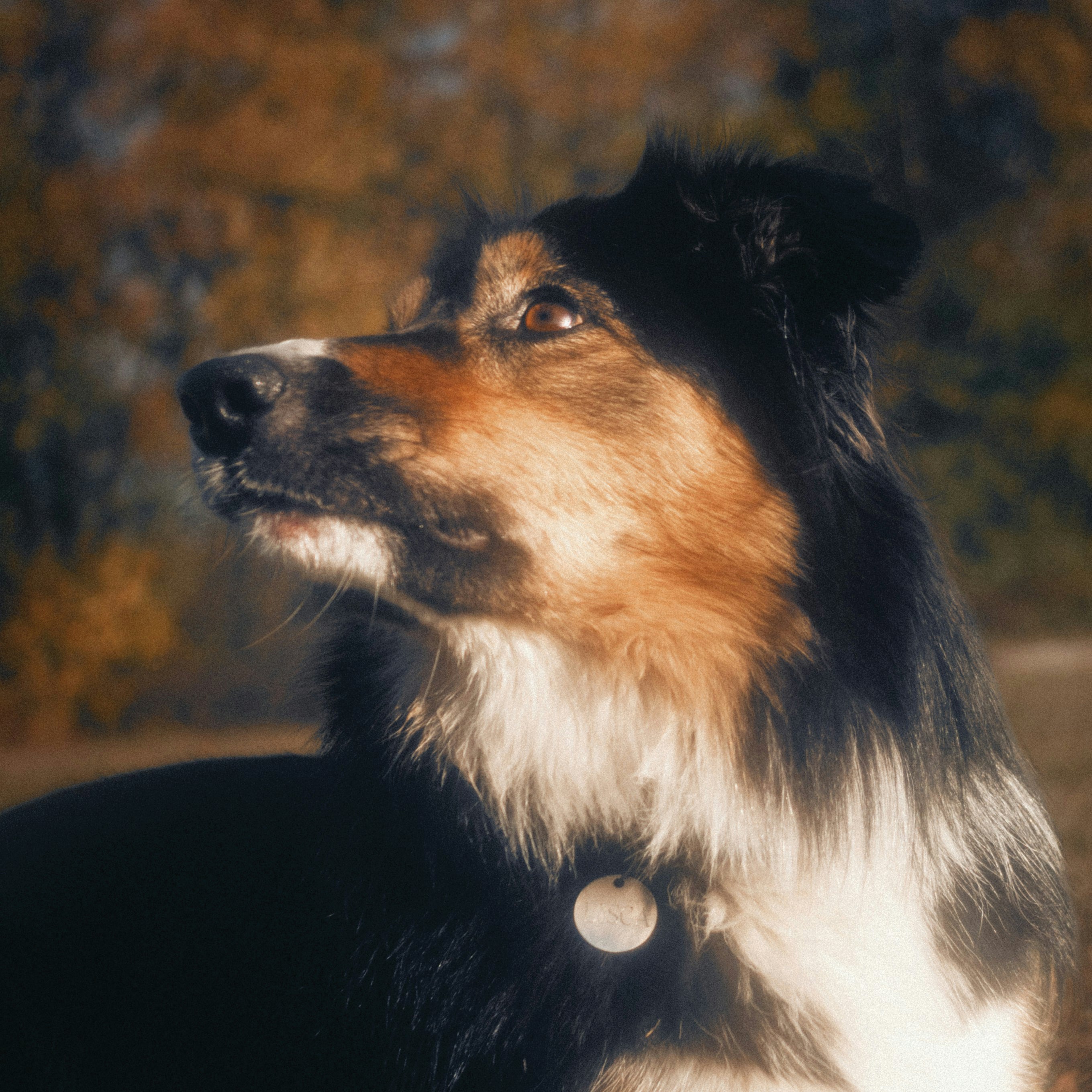
Learn how to improve your dog's coat and skin health through this guide. Discover essential tips and products for a shiny, healthy coat. Read more!
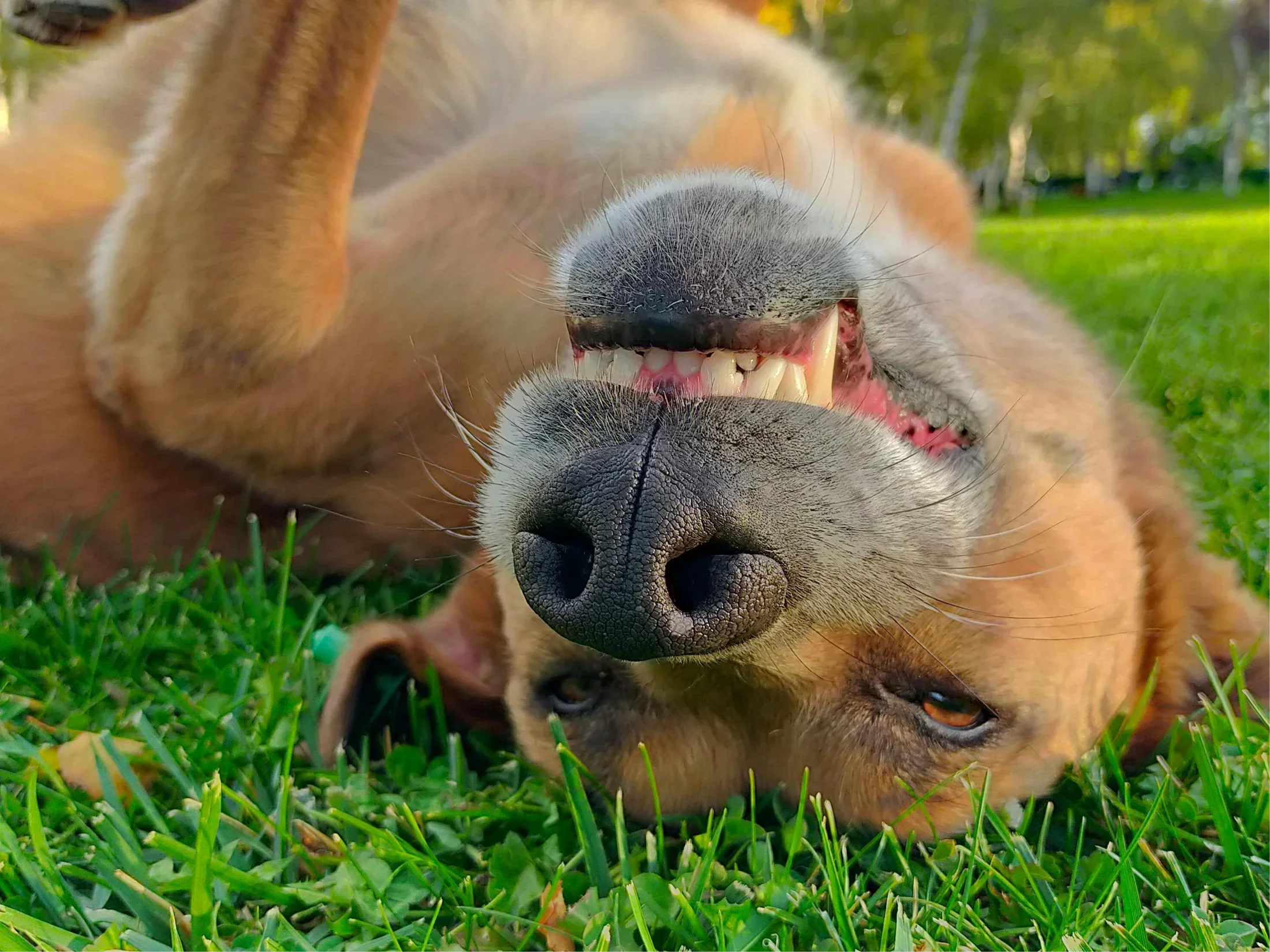
Learn how to use a dog teeth chart to monitor your pet's dental health, recognize potential issues, and ensure healthy teeth with proper care routines. Read more.

